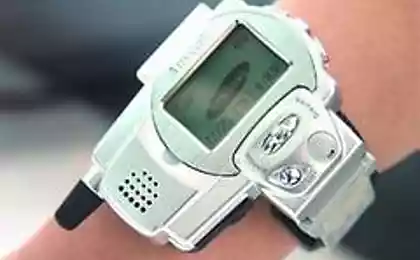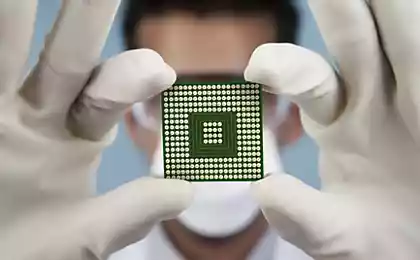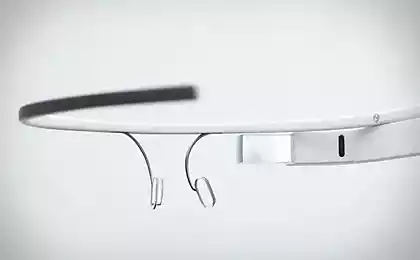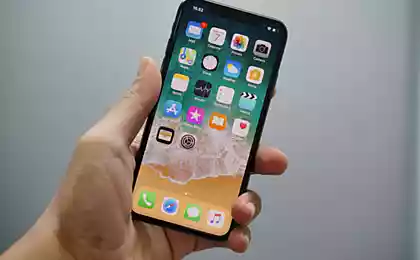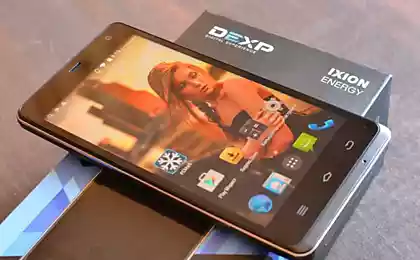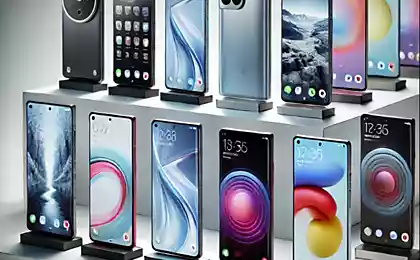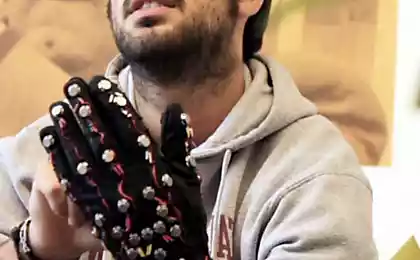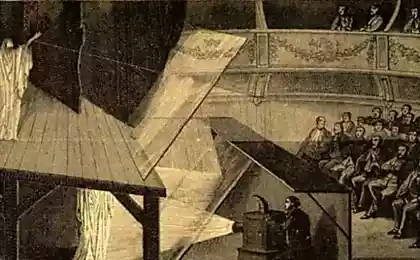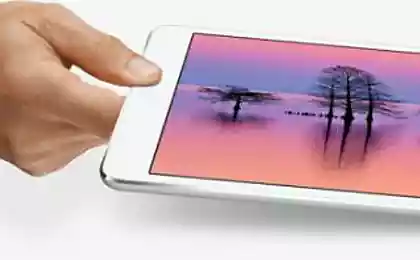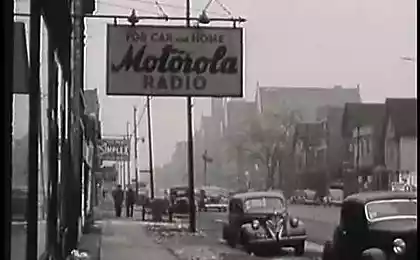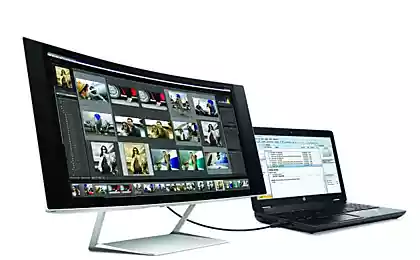1016
3D-displays for smartphones
Probably among you there is no one who would not watch at least one film in the series "Star Wars." Certainly at the time you admire the idea of holograms depicted there, when the characters do not communicate with two-dimensional images and three-dimensional images with a few. Or remember the strange game that observed S3RO and Chubak? By the way, she was shot frame by frame, as a classical puppet animation.
It is possible that within 2-3 years the market will be a commercial product with a display that will display an image that is close to the holographic. This gives hope to the development of the two companies, which we would like to briefly tell you.
This picture shows svetopolny (from "light field") display from the company Ostendo, which is able to create a three-dimensional image. I>
When you try to look at the stereoscopic image psevdotrёhmernye, it is a kind of mental gymnastics. In reality, as we look at an object, the brain, "assumes" that the plane of focus is on the distance at which the vectors converge our pupils. But when we look at the stereo image in which each eye is a separate picture, the focus is in the plane of the screen, and the eyes converge at a point where, in theory, should be the resulting image. To many people this occupation is given not easy, some even get a headache.
With all the different holograms. They are built to the point in space where they "expect" to see our brains. Moreover, the hologram truly three-dimensional, they can be viewed from all angles, and it does not require any special glasses. But until recently, holographic, not even displays, and the whole apparatus was very cumbersome and fragile. Judge for yourself:
These devices contain large projectors and screens, or have limited viewing angles. And now the two companies, Ostendo Technologies and Leia ( a subsidiary of Hewlett-Packard), promised in the next couple of years to introduce commercial samples of holographic displays pocket. More precisely, displays, operating on the principle of the light field.
However, they create the image may not be quite live up to "Star Wars", but close.
Ostendo h4> This summer Ostendo result showed nine works. An array of eight QPI-chips (Quantum Photonic Imager, quantum light display device) is projected on the screen three images that add up to the three-dimensional effect: if one behind the screen, the second in his plane, and the third like a screen in front.
you can watch with 2:10. I>
All available today "traditional" displays emit light in all directions. A minimum of 180-degrees. However QPI reduces light beams in a very narrow sectors, allows to emit different images in different directions. According to the developers, the image of their new store display three-dimensionality when viewing from 2,500 different angles.
Each QPI-chip contains 1 million LED-pixels, which form three layers: red, blue, green. All three emitting layer positioned over the image processor. According to the manufacturers, it increases the energy efficiency of the device and allows you to use fewer computing resources to display an image. Conditions necessary to ensure a three-dimensional effect to the above-mentioned 2500 angles.
The length of each pixel varies from 5 to 10 microns. The resulting color image is adjusted by controlling the brightness of the pixels of each layer.
Waveguides leading from pixels allow each of them emitting in a narrow sector, practically beam. Light from the waveguides reaches the microlenses which focus and direct the radiation in the desired direction of each pixel. Only producers did not report how it is implemented.
In addition to the significant amount of computation needed to create a three-dimensional effect, the second serious difficulty is the production of a layer of microlenses located before the pixels. Their shape and location must be very accurately adjusted because when you reject the lens center axis of the waveguide corrupts and destroys the image of the three-dimensional effect.
The third difficulty faced by developers was to ensure a satisfactory resolution of the image. Given the need to create a three-dimensional effect with a huge number of angles, the mathematical apparatus becomes very complicated. In addition, the growing number of "support" angle is proportionally reduced resolution image with each of them. For example, while maintaining the three-dimensional effect with 10 angles, the image resolution is 10 times smaller than the original. Therefore, developers are working on algorithms that mitigate loss of resolution and reduce resource consumption. Unfortunately, because of the complexity and time consuming technology developers hope to release the first commercial product in about three years.
Leia h4> Most likely, the company was named in honor of Princess Leia from "Star Wars", which clearly hints at the source of inspiration for designers.
The basis of its development, researchers put автостереоскопический principle. Behind the conventional LCD-display is microcellular grill. In addition, each cell is a diffraction grating. They direct the light passing through them sent in different directions, so that the effect of the three-dimensional image is created when viewing from 64 angles.
Developers are not without reason to believe that their technology is potentially easily scalable. Theoretically, it can help to create even transparent 3D-displays. Production of the first commercial product is scheduled for next year.
Our view h4> As you can see, the success of development is very impressive. Of course, the project company Leia looks the most likely candidate for the role of a pioneer of three-dimensional displays in smartphones. Although we have not yet seen it as the primary display, but rather as an extra. Perhaps, at the initial stage such displays will be placed on the back of the device, the display on the electronic ink in YotaPhone. It will be used primarily for gaming and watching video, including video calls. This raises the question of how developers will transform 2D-camera image in 3D. Offhand, you can suggest the algorithm of face recognition and application of some normal maps based on the characteristic topography of the human face.
To replace both technologies still lacks sufficient resolution and color quality. Although the five-year term, they may be worked out at a sufficient level to replace the main display. BUT! What to do with a touchscreen? If you leave the sensor layer in the same place, that is, on the surface of the protective glass of the display, control your smartphone will create a sense of unnaturalness, because the finger will "fall" into the image. But maybe it will not. Although it is possible to dream about the three-dimensional touch operation when gestures are not recognized on the display surface, and a short distance from him. Just imagine, you can move your finger three-dimensional objects floating above the surface of the smartphone.
And what do you see ways to use 3D-displays in smartphones?
Source: habrahabr.ru/company/yotadevices/blog/237331/
iPhone 6 Plus: complete analysis of iFixit (7 out of 10 on a scale to be repaired)
MAVEN close to the orbit of Mars

